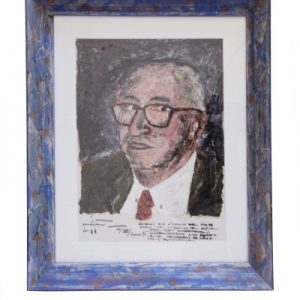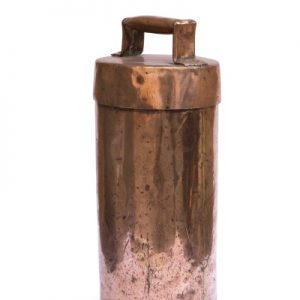Orxateria I Xocolateria
Ca'n Joan de s'Aigo
At the beginning of the 19th century, ‘Joan de s’Aigo’ was a businessman who invested in recruiting men to collect snow and store it in snow stores known as “cases de neu” in the Tramuntana mountain range.
The “cases de neu” were built by excavating holes in the slopes of the mountain. Snow was stored there during the winter so that there would be a stock of ice in spring and early summer on the island. These blocks of ice were cut into smaller blocks called “pans de neu”.
A part of this stock of “pans de neu” was transported to the capital and other parts of the island where it was sold for domestic use by families on the island.
Joan de s’Aigo came up with the idea of mixing the water which had melted from the “pans de neu” with fruit juices. This was the precursor of today’s ice cream.
In the 19th Century the ice produced on the island was not sufficient to meet demand so ice was imported from Barcelona.
The first ice cream produced by Can Joan de s’Aigo as we know it today, was almond ice cream and to this day the mill used to grind the almonds for that first ice cream can be seen in our establishment in Can Sanç Street.
A short time later Joan de s’Aigo began production of hot chocolate and “ensaimades”..
Can Joan de s’Aigo became one of the oldest, if not the first, ‘chocolatiers’ in Europe.
As time went by, different types of ice-cream appeared on the market as well as traditional pastries known as ‘cuartos”.
Owing to its 300 years of history, Can Joan de s’Aigo established deep roots in the Majorcan society and became part of the social makeup of the island. Nowadays it is a tradition to have chocolate and “ensaimades” after Midnight Mass on Christmas Eve and have an ice cream after the Corpus Christi Mass.

Mr Juan Martorell Pol, took over from his father Mr Antonio Martorell in 1974, and he was owner of the business until June 2011,when he retired. However, he could be found sitting athis favourite table in the of Barón de Pinopar premises, where he used to chatwith his friends until almost the end of his life. He died on 27th of July 2011 at the age of 79.

The Ice-cream vat which was used until the end of twentieth century can still be found in the Calle Sanç premises

